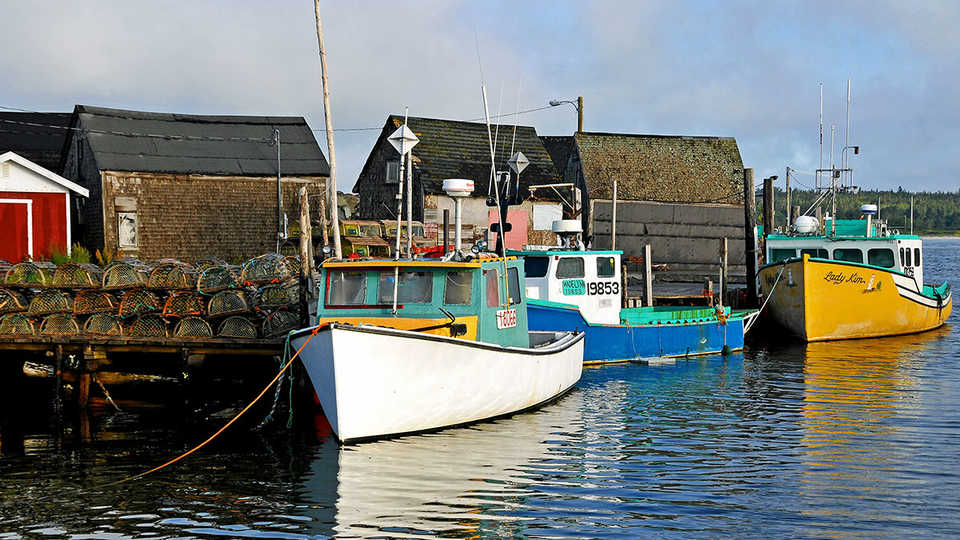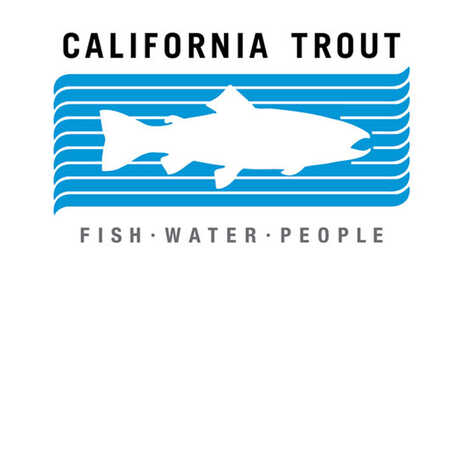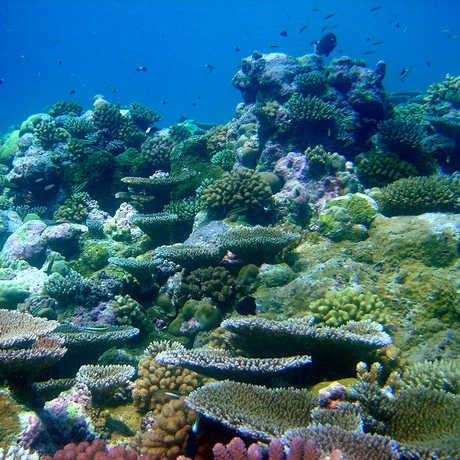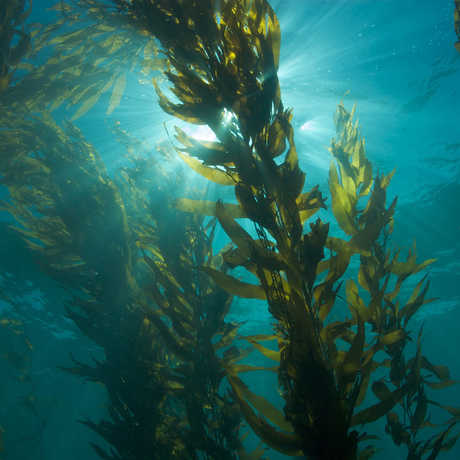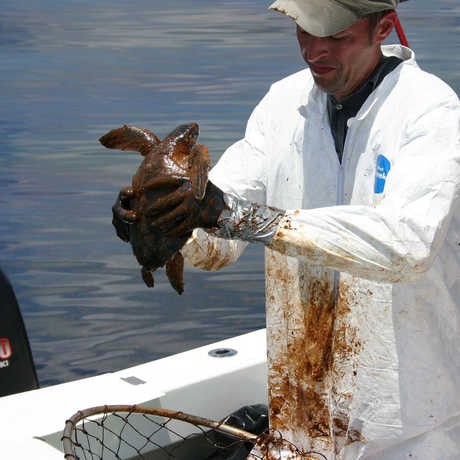Our oceans are increasingly affected by human activities, one of which is by the ways we catch seafood. This activity focuses on the threat of fishing, and some possible solutions for that specific issue.
Nearly 85% of the world's fisheries are fished to capacity or overfished. This means that wildlife populations in the ocean, from fish to turtles to seabirds, are put at risk. It also means that the people who depend on the fisheries for their own survival are at risk.
Seafood products from California to the Philippines and beyond are threatened when high levels of consumption and highly destructive fishing activities put a high pressure on fish populations and habitat. Healthy populations are not only important for food consumption, but also for maintaining equilibrium of the food web, and ultimately the whole ecosystem. Additionally, in areas where there are coral reefs and low lying land, the healthy systems provide another important service: storm protection.
Our seafood choices have the power to make this situation worse or improve it. Some of the criteria for knowing whether or not seafood is sustainable is understanding the following:
- Is the species in trouble in the wild where the animals were caught?
- Does fishing for the species damage ocean habitats?
- Is there a large amount of bycatch taken with the target species?
- Does the fishery have a problem with discards—generally, undersized animals caught and thrown away because their market value is low?
The first part of the activity focuses on helping learners understand more about fishing practices and bycatch. The second part of the activity highlights the Seafood Watch Program, which works with scientists, fishers, and communities to rate fish based on the criteria above, and make recommendations on which seafood to eat, or avoid. This is called responsible consumerism.
Fishing Methods
Some fishing methods, such as purse seining and dredging, catch a significant amount of bycatch because they use nets in the water column, which sometimes capture unintended animals. Additionally, some methods, such as trawling, cyanide fishing and explosives also wreak havoc on the seafloor, uprooting long standing corals and kelp beds.
More environmentally friendly methods include trolling, a hook-and-line method that tows fishing lines behind or alongside a boat. Fishermen use a various baits to "troll" for specific fish at different depths. This method catches fish that will follow a moving lure or bait, such as salmon, mahi mahi and albacore tuna. Trolling is an environmentally responsible fishing method. Fishermen can quickly release unwanted catch from their hooks since lines are reeled in soon after a fish takes the bait.
Conservation & Sustainability Methods
There are many potential solutions regulating fisheries so that they are more sustainable, which means that it meets the needs of the present without compromising the ability of future generations to meet their own needs. Students will be asked to come up with their ideas for ways to be more sustainable. This will help them build critical thinking skills. However, if they struggle, you can introduce some of these ideas.
- Catch Limits: the maximum number of fish that an angler may catch from a specified waterbody or a portion of a waterbody in one day.
- Catch Share: a fishery management system that allocates a secure privilege to harvest a specific percentage of a fishery's total catch to individuals, communities and/or associations throughout the season. This often creates an increase in fish available over time.
- Marine Sanctuary: is a federally designated area within United States waters that protects areas of the marine environment with special conservation, recreational, ecological, historical, cultural, archeological, scientific, educational, or aesthetic qualities.
- Outlawing certain fishing methods: Many places are now outlawing trawling, explosives, and cyanide fishing in order to prevent bycatch, and environmental problems.
- Responsible Consumerism: If people refuse to buy certain fish because there is too much impact on the animal populations then they are practicing “responsible consumerism.” Sometimes this means buying “good alternatives,” or choosing not to consume fish at all.
